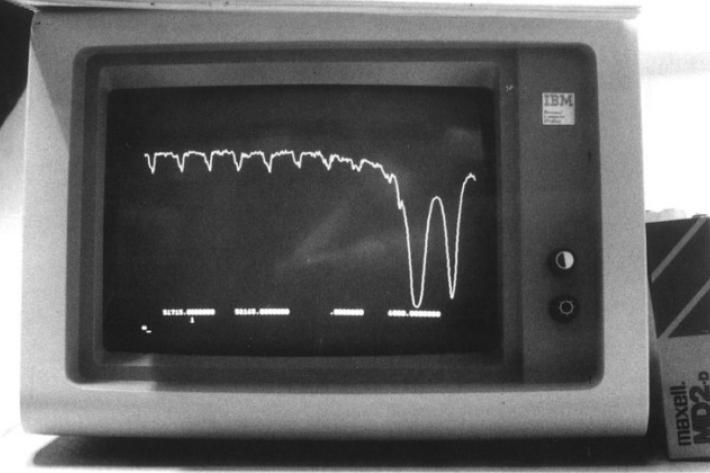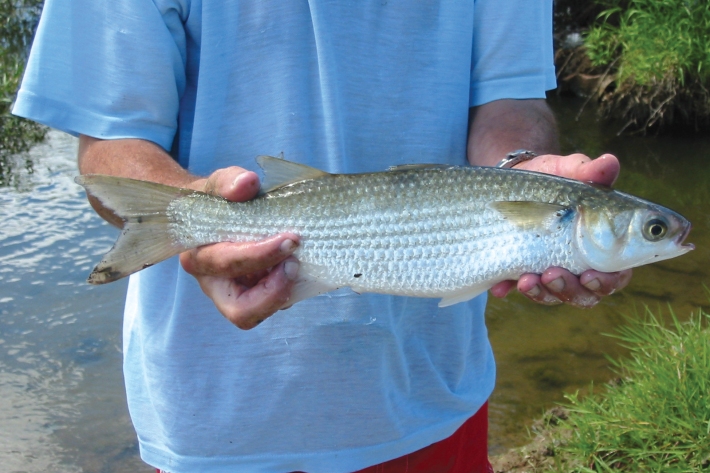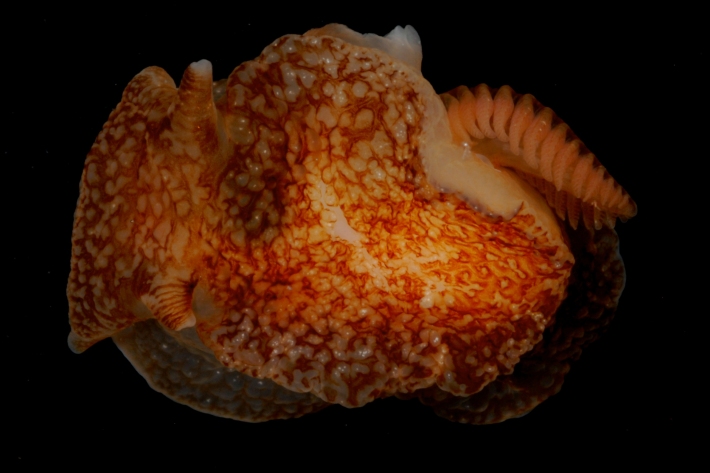-

Lauder leader's ozone work feted
News article19 June 2015NIWA's Dr Richard Querel's alma mater, University of Lethbridge in Alberta, has noted his ozone research on its website. -
Critter of the Week: Telopathes (black coral)
This week we look at Telopathes (black corals). -

World congress confirms Lauder’s expertise
News article05 June 2015The World Meteorological Organisation Congress has confirmed NIWA's Lauder atmospheric research station as one of Earth's leading providers of upper-air data critical for measuring climate change. -

NIWA Irrimet
NIWA has developed new tools that can help farmers decide when to irrigate or fertilise. -

NIWA, DOC, Victoria University and LINZ collaborate to map Kapiti’s submarine landscape
Media release04 June 2015A team of marine geoscientists from New Zealand’s National Institute of Water and Atmospheric Research begins mapping the submarine landscape of Kapiti Island and Coast on Friday, 5 June. -
Critter of the Week: Barentsia - Entoprocta – Goblet worms, or nodding animals
This week’s Critters include a large branching hydroid, to which is attached two curious, and little-known, invertebrates. -

Lauder technician rediscovers historic data
Media release28 May 2015A climate scientist at NIWA’s Lauder Station research centre in Central Otago has stumbled across the oldest known mid-infrared spectra – scientific readings taken 30 years ago on 29 May 1985. -

Farmers wanted to help NIWA
Media release28 May 2015The National Institute of Water and Atmospheric Research has developed new tools that can help farmers decide when to irrigate or fertilise. But it needs farmers to test out the tools to ensure they are as practical and easy to use as possible. -

Ozone depletion far greater without Montreal Protocol, study shows
Media release26 May 2015A study out today shows the Antarctic Ozone Hole would be 40 per cent larger than it is today without controls introduced by the Montreal Protocol. -

NIWA calls on citizen scientists for grey mullet survey
News article21 May 2015New Zealand’s leading freshwater and estuarine research body is harnessing the national curiosity about ecology to find out more about grey mullet. -

Critter of the Week: Pleurobranchea maculata, the side-gilled seaslug
The toxic grey side-gilled seaslug. -

Weather watchers provide invaluable service
News article20 May 2015For almost a century the Mason family of Feilding have been keeping a closer eye on the weather than most people. But now, at 94, Alan Mason is looking for a successor.
